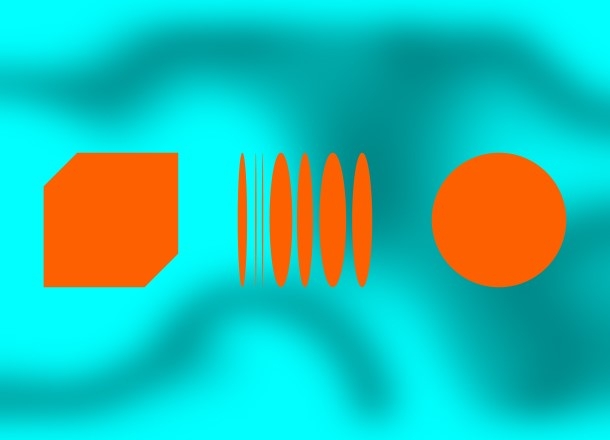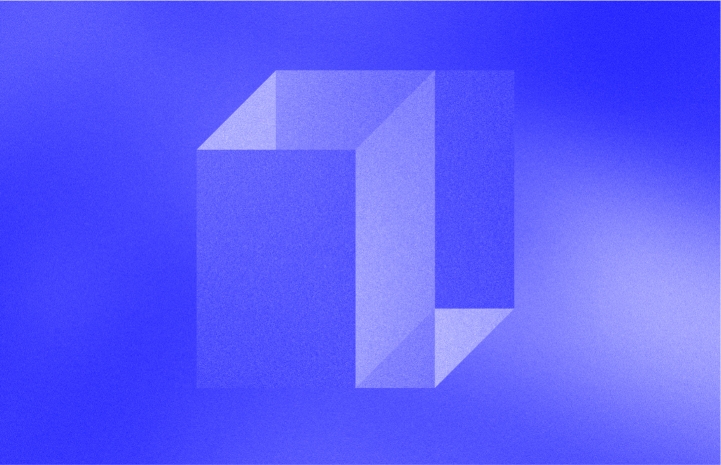
Aquaria – Or the Illusion of a Boxed Sea is an exhibition that looks at how the ocean has washed up inside our cities, homes and cultural institutions, and questions how we have interiorised the notion of an ocean kingdom.
Invented in the Victorian age, the aquarium as object embodies the nature/culture divide, and continues to constitute an ocean diorama, a self-contained world and a techno-natural assemblage, home to a living collection mirroring our own personal yet fictional marine world.
After months confined to our homes, we too have metaphorically floated around isolated techno-tanks of our own making: our fishbowl existence now begs comparison with the artificial aquatic dimension, once more questioning our terracentric relationship with the oceansphere.
Hence, the aquarium – whether the domestic object or the public venue – is viewed as the conceptual element that allows us to lay bare the hierarchical mechanisms that have underpinned our culture of living outside of nature: how should we intervene in this world-making process that occurs when our vision becomes limited by what we see?
“Design culture here emerges as that critical practice calling into question our conventional ways of inhabiting and experiencing the world, one subject to human control, the extraction of resources and the exploitation of other living beings. As 98% of ornamental fish are still caught in the wild, the aquarium – as a designed desiring machine – conceptually contains them all. By reflecting on the new issues that any rethinking of our relationship with the marine world might come up against, the exhibition is organised from the microscopic to the transoceanic scale, and the path unfolds through eleven new and revised works that, by insisting on the reiteration of the bidimensional image and that of the screen – alluding to the two-way mediation of connection/separation imposed by the glass walls of aquaria – offer specific points of view to reveal aspects that generally remain shut off from our vision or even our imagination.” – Angela Rui, curator of Aquaria.
As part of the exhibition, a film commissioned to Armin Linke, which was realised entirely behind the scenes at the Lisbon Oceanarium, examines the multidimensionality of aquatic architecture, in which the wonders of nature are displayed through hidden, well-orchestrated technology.
Historical documentation from the mid-nineteenth century to the present day contextualises Western-based positions around institutional policies, naturalistic display, the links with the great Universal Expositions, scientific expeditions and colonial and extractive activities with regard to other geographies.
The exhibition design is by studio 2050+ headed by Ippolito Pestellini Laparelli. With an area 800sqm circa, the exhibition layout works on the notions of interface and threshold by showcasing two categories of spatial devices: an industrial system of displays to accommodate the research material, and a fluid sequence to orchestrate the artists’ installations. The installation acts as an exploded aquarium, where hierarchical relationships are neutralized.
Aquaria’s visual identity was designed by studio òbelo and it aims to unsettle the viewer’s gaze by generating a self-reflective awareness of the ambiguities of perception. The aquarium is conceptualized as a series of impossible shapes based on the Necker Cube (1832).
A relevant public program will include a special collaboration with TBA21–Academy (Thyssen-Bornemisza Art Contemporary) that has pioneered research and engagement programs around the ocean and its vulnerabilities with a trademark interdisciplinary approach. To be hosted online and at maat in June 2021.
This exhibition is part of maat Explorations, a long-term program framework launching in 2021 featuring exhibitions, public programs and laboratories devoted to address the entanglements of environmental science, technological knowledge and human studies with the visions and research drawn from the fields of design and the visual arts at large, across an interdisciplinary expanse.
Includes projects by Revital Cohen & Tuur Van Balen, Julien Creuzet, Simon Denny, Marjolijn Dijckman & Toril Johannessen, Michela de Mattei, Alice dos Reis, Eva Jack, Joan Jonas, Armin Linke, Superflex and Stef Veldhuis.
Exhibition
Curator: Angela Rui
Exhibition design: 2050+ (Ippolito Pestellini Laparelli, Massimo Tenan, Guglielmo Campeggi)
Graphic design: studio òbelo (Claude Marzotto, Maia Sambonet)
Research and archive assistance: Martina Motta
Local research contribution: Marta Jecu
With the support of:
ifa – Institut für Auslandsbeziehungen
Istituto Italiano di Cultura di Lisbona
Goethe Institut Portugal
Special commission by Armin Linke developed with the scientific support of:
Oceanário de Lisboa / Fundação Oceano Azul
Archive materials from:
Biblioteca del Museo di Storia Naturale di Milano, Biblioteca Sormani – Milano, The Historical Diving Society Italia, Biblioteca Central de Marinha – Lisboa, Museu de Marinha – Lisboa, Hemeroteca Municipal de Lisboa, Aquário Vasco da Gama – Lisboa, Arquivo Municipal de Lisboa, Arquivo Municipal de Oeiras
